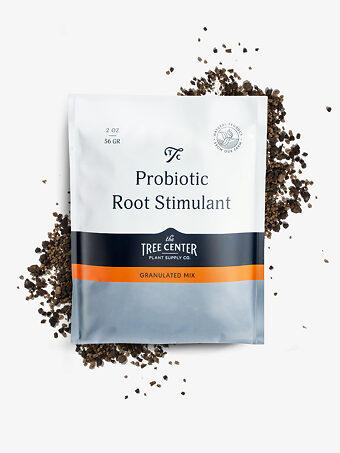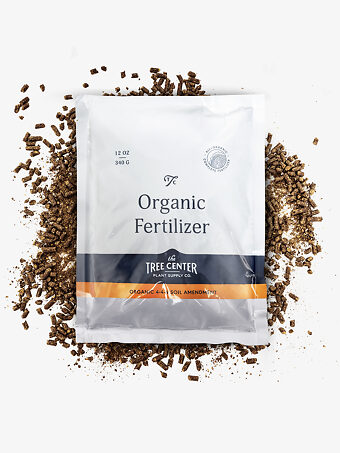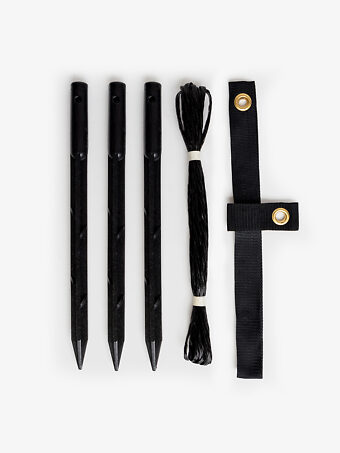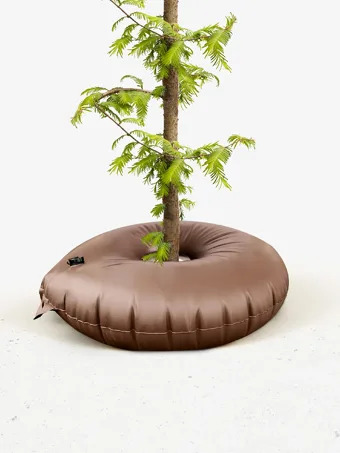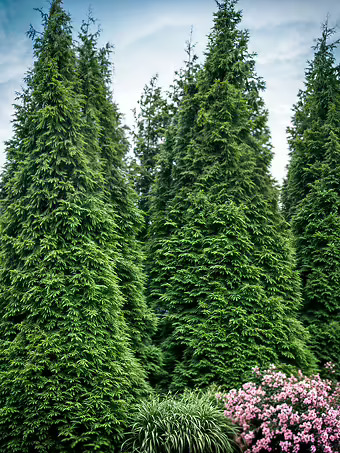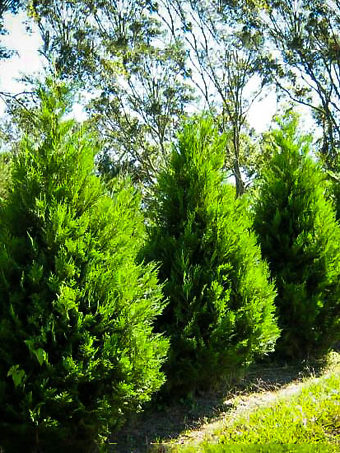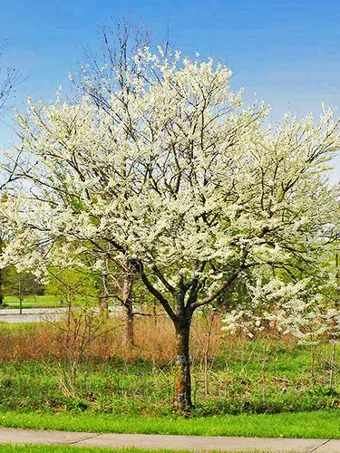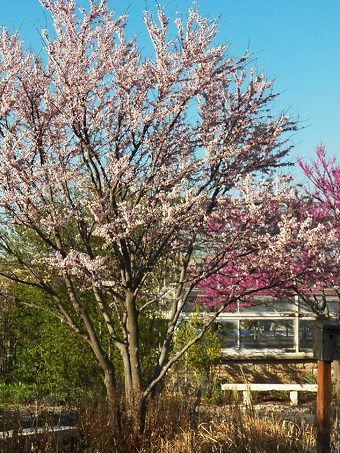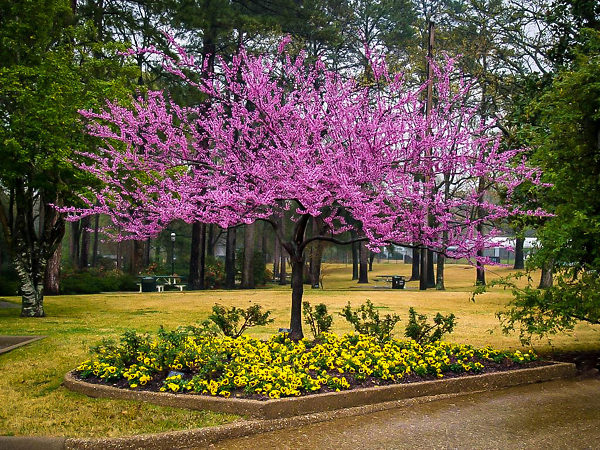
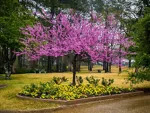
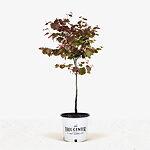
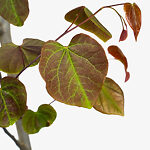
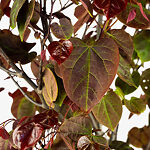
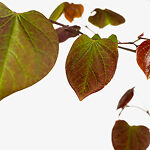

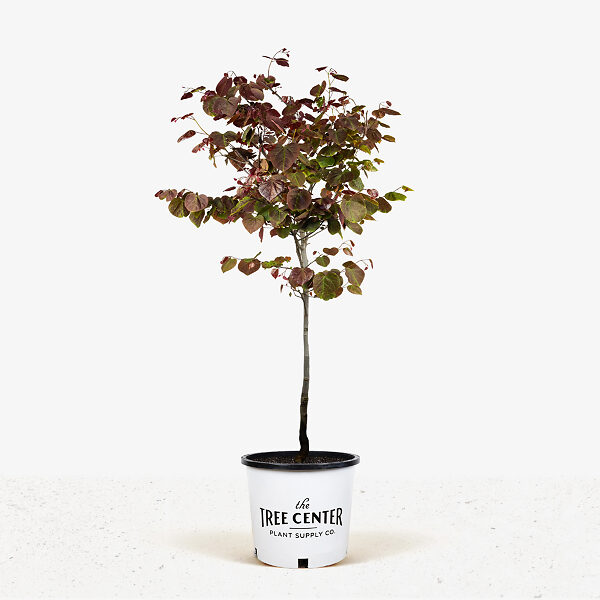
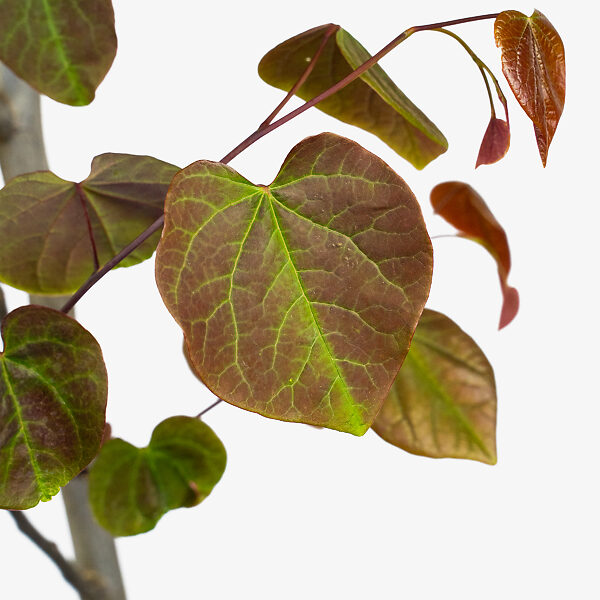
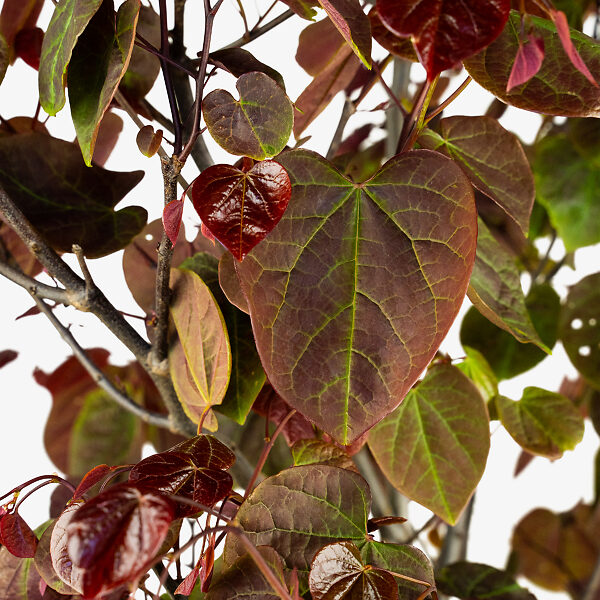
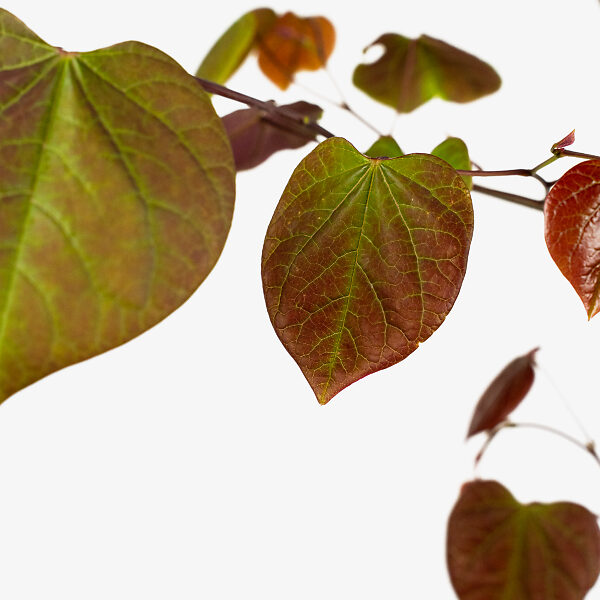
Forest Pansy Redbud
Cercis canadensis 'Forest Pansy'View more from Redbud Trees
Forest Pansy Redbud
Cercis canadensis 'Forest Pansy'
Buy in monthly payments with on orders over $50.Prequalify now
on orders over $50.Prequalify now
this item doesn’t ship to
The Forest Pansy Redbud is a spectacular small tree with beautiful colored foliage from spring to fall. The new leaves are purple-red, turning deep purple in summer. In fall they turn red, purple, orange and gold. This tree is a beautiful way to add constant color to your garden, contrasting beautifully with the green leaves of other plants around it. In very early spring the bare branches are covered in beautiful flowers of lilac-pink, making a gorgeous display while the rest of your garden is still sleeping. This beautiful tree is derived from an American native tree, so it is perfect for your natural garden, or for growing in woodlands. It also makes a wonderful lawn specimen that is small enough to be used even in a small garden.
- Spectacular purple-red foliage on a small tree
- Lilac-pink flowers in very early spring
- Powerful fall colors of red, orange, purple and gold
- A selected form of an easy to grow American native tree
- Deer resistant and trouble-free
The Forest Pansy Redbud grows best in full sun, and it will also grow in partial shade. It should be planted in rich, moist, well-drained soil, and not left without water in long dry periods. Mulch each spring with some rich compost to ensure vigorous growth. Deer generally ignore this tree, and it is usually pest free too. It also grows near the black walnut, where other trees often fail. It needs no special pruning, and with almost no care it will reward you with season after season of beauty.

Botanical Name:
Cercis canadensis 'Forest Pansy'
Mature Width:
15-20 ft
Mature Height:
20-30 ft
Grows Well In:
Zones 5-9
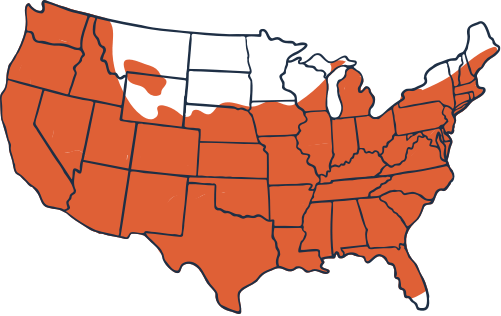
Sun Needs:
Full Sun, Partial Sun
Water Needs:
Moderate
Growth Rate:
Medium
Flower Color:
Pink, Red
Flowering Season:
Spring
